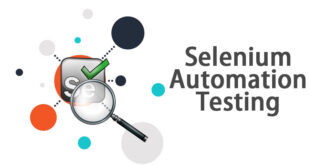The digital world now has new protocols and tools thanks to blockchain technology. Users have adopted cryptocurrencies, NFTs, DAOs, and other technologies throughout time.
This growing use of blockchain-based technologies demonstrates a strong trend of consumers transitioning to the Web3 era. As the general public grows more familiar with blockchain technology, we can anticipate that this tendency will continue.
The decentralized system of Web3 marks a substantial change from earlier iterations of the internet. The modern internet is focused on user-generated content that is stored on platforms that are owned and run by a small number of significant corporations, as compared to the original internet which consisted only of static web pages.
Blockchain technology, on the other hand, enables decentralised data storage on Web 3. Without the need for centralised servers and middlemen, platforms may now be set up and operated.
Decentralized data storage, for instance, stores files in several distributed computers after being divided into multiple pieces, eliminating the need for a central server. Data cannot be changed or altered once there are several copies dispersed over the network.
As a result, whoever or whoever manages the server where the data is stored cannot access or alter the data without the owner’s permission. This is due to the fact that in order to access or update data, you either need to have the owner of the data’s permission or the network’s unanimous consent.


